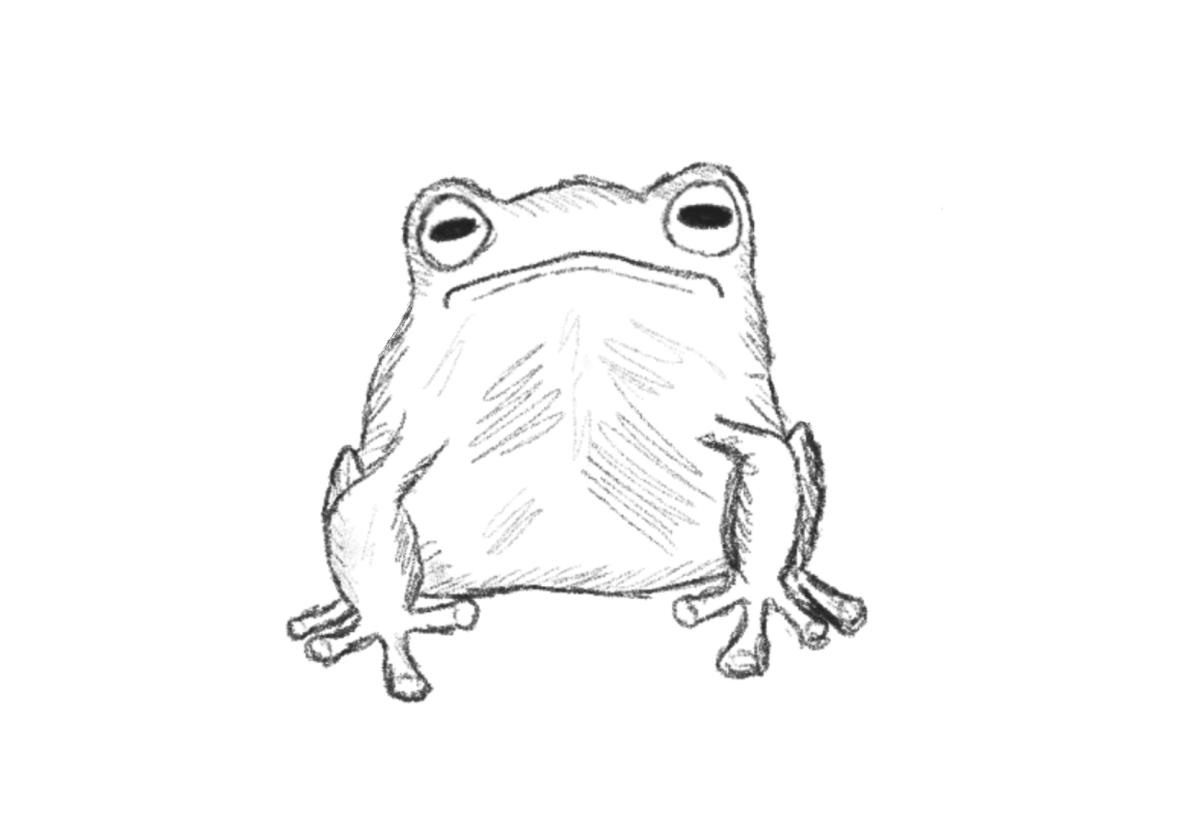
Cydne Lloyd
On Sept. 22, Smithsonian research associate and Purdue University professor of biology Ximena Bernal was invited by St. Olaf’s Phi Beta Kappa chapter to give a presentation on her research. Bernal studies how light and noise pollution affect tropical frogs and the way they communicate. Her work focuses on túngara frogs, native to the rainforests of Panama, which have increasingly adapted to city life.
During her talk, Bernal described her work at the Smithsonian Tropical Research Institute in Panama. She explained that male frogs produce complex mating calls — made up of “whines” and “chucks” — that are essential for reproduction. Female frogs are most attracted to calls with more chucks.
When asked why male frogs don’t always produce the more attractive call, regardless of their environment, Bernal responded: “When frogs make these calls, there are many non-target receivers that might listen in, such as frog-eating bats or frog-biting midges. Similarly to female frogs, these animals are also attracted to calls with more chucks. The louder or more complex they sound, the likelier it is that the animal will be attracted toward the frogs. This is a process known as eavesdropping. By attempting to mate, they also risk their lives in the process, as these unwanted receivers are their natural enemies.”
But in cities, Bernal said, túngara frogs face fewer predators. Frog-biting midges are especially vulnerable to light and noise pollution, as well as insecticides. To test this, Bernal conducted an experiment using flashing lights and speakers playing frog calls. She found that when exposed to light, the nocturnal midges stayed still, as if it were daytime. Bats, too, tend to avoid urban environments for similar reasons.
Bernal also found that urban frogs developed more complex calls, sometimes with as many as seven chucks. Because male-to-female ratios are more uneven in cities, males must compete more aggressively by producing more elaborate calls.
In an interview with the Olaf Messenger, Bernal said she hopes students walk away with a deeper sense of connection to the natural world.
“I want them to realize that we’re all interconnected and hopefully increase their appreciation for frogs, so they can value their contributions to nature,” Bernal said. “I want to inspire students to follow their passions, to be open to the ideas that are chosen by nature.”